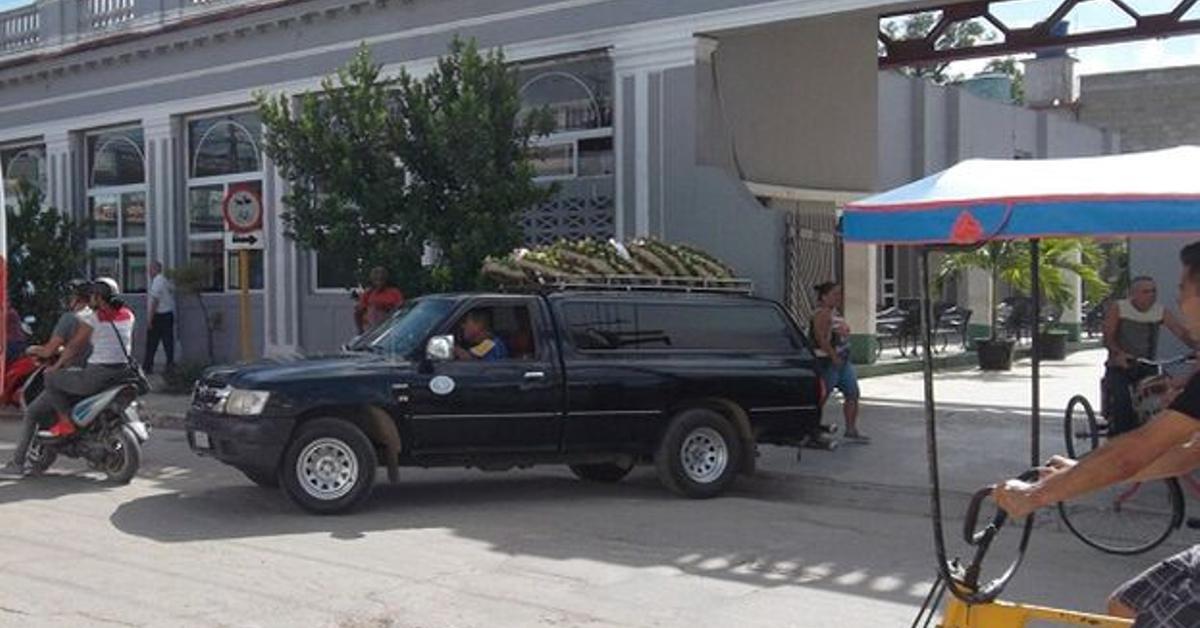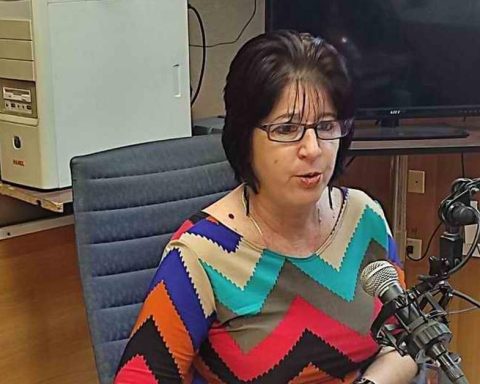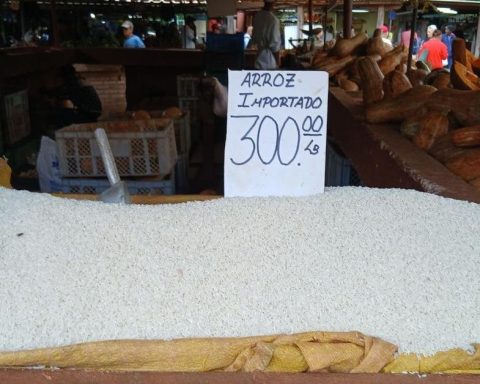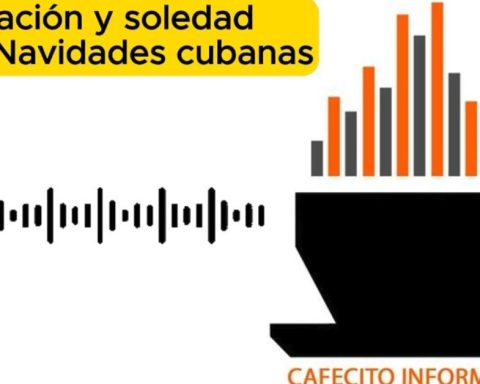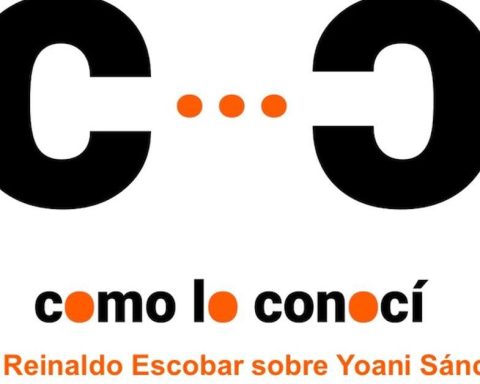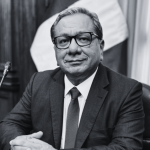Madrid/Thousands of kilometres away from Montreal, where the family of Faraj Allah Jarjour, the Canadian tourist who died in Cuba last March, lives, a woman, Tatiana Neroeva, is waiting in Chelyabinsk (Russia) for the body of her husband, Ilya. The destinies of both men were linked when the Cuban government sent their widows the wrong bodies, a mistake that for the Russian woman is not at all coincidental.
“I suspect that my husband died violently. The replacement of the bodies did not happen by chance, but intentionally,” she said last week. in an interview with the media Russia Today.
Neroeva says that her husband, who was on vacation on the island in March, had arranged to exchange money on the informal market at a very advantageous price for the first day of his stay. “He went to exchange the money and was never seen alive again. His body was found in the sea,” she said.
“He went to change the money and was never seen alive again. The body was found in the sea.”
Her version is in line with that of Anna Neroeva, Ilya’s daughter, who days earlier denounced Cuba’s lack of interest in clarifying the events. “Most likely, the country’s authorities simply do not want to know what happened. As for my father, I only know that he went to change money and did not return,” she said.
Both Anna and Tatiana suspect that the Cuban authorities sent a different body in order to conceal an alleged criminal act that could have been detected by an autopsy. Despite the fact that, they say, they had doubts when they received the body, the burial was carried out.
“I was in shock. My relatives kept asking me questions: ‘Who is this? Why does he look so different?’ The priests assured me that it is normal for such changes to occur when embalming the body,” the daughter of the deceased said.
A few days later, they received a call alerting them to what had happened in Canada. “It turned out that the body of a Canadian was sent from Cuba to Chelyabinsk and the other body is in Canada,” he added. Since then, cooperation between the two parties – including the Canadian Prosecutor’s Office – has been constant.
“We will have a DNA test and an exhumation to send to the Canadians. They said they did not bury my father, that he is still in the morgue. That is, for two months,” added Neoreva, who claims – without providing details – that she has heard of more cases similar to that of her father.
This April, Faraj Allah Jarjour’s daughter gave an interview to a Canadian television channel, where she recounted the case with relief. “Until now I felt lost, I had to look for my father’s body. At least we know where he is,” she said, after learning that the Cuban authorities had returned the body to Russia, where it was buried.
Even more distrustful were the employees of the Canadian funeral home that received Jarjour’s presumed body, who were not satisfied when they compared it with the photographs provided by the relatives and raised the alarm.
More distrustful, the employees of the Canadian funeral home that received Jarjour’s presumed corpse were not satisfied when comparing it with the photographs
The body of the deceased – who suffered a heart attack – had been lying on a beach chair covered with a sheet for more than eight hours (from 3:30 p.m. to midnight), according to relatives. Afterwards, the morgue employees came to pick him up in a simple car, not an ambulance or a funeral van.
At the end of April, Canadian Foreign Minister Mélanie Joly spoke with her Cuban counterpart, Bruno Rodríguez, about the case and the Cuban foreign minister stated in X that the Cuban authorities were investigating what happened, while expressing his “condolences and apologies” to the family of the Canadian citizen.
At that time, it was not yet known that the body was thousands of kilometres away, buried in the grave of a man twenty years his junior. While the facts are being clarified, the families are still waiting to be able to bury the deceased to their rightful place.
